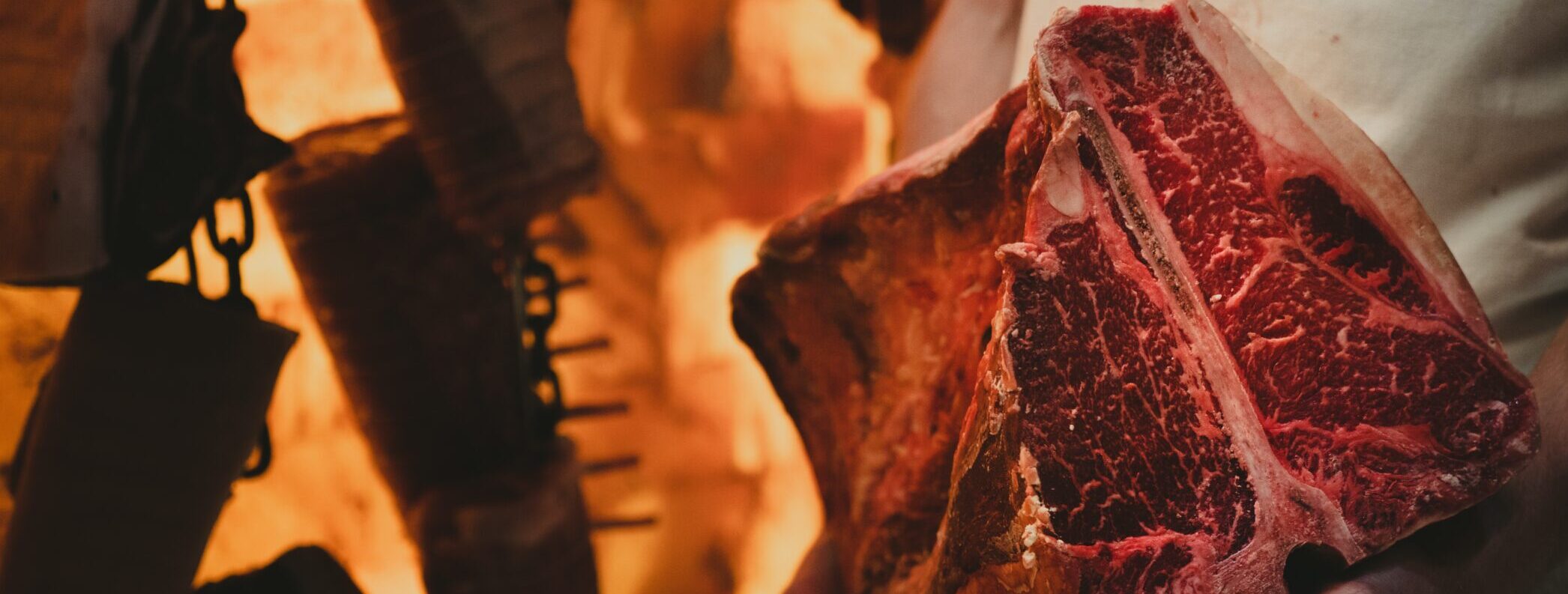The U.S. hit “peak meat” production in 2022 totaling 107 billion pounds, a record for meat production that includes beef, pork, chicken, turkey, lamb, and veal. Even though there are cycles in beef production and seasonal patterns in demand and supply, meat production has trended upward over the long-term. However, meat production should decline in 2023 and again in 2024 due mostly to supply challenges.
Record meat production last year was driven by increases in beef and chicken production while pork and turkey declined. The beef production increase was due to reduced heifer retention and increased beef cow culling brought on by drought and cost increases relative to cattle prices. Broiler production surged as high chicken prices fueled profits. Pork production declined about 2.5 percent to 27 billion pounds brought on by animal disease pressures and sow productivity issues. Turkey production was reduced by Highly Pathogenic Avian Influenza (HPAI).
While each species has its own circumstances that affected production, there are some common reasons for less production. First is feed costs. High feed costs reduce profits for producers and that leads to less production. Other production costs like fuel, building costs, and higher interest rates also lead to less production. Drought conditions have hurt cattle and beef production.
In 2023, total meat production is expected to decline about 1 percent, to about 105.9 billion pounds. Beef production is expected to fall by about 5 percent. Pork production is expected to decline slightly (less than 1 percent). Broiler production may show a small increase over 2022. Turkey production is likely to increase by close to 3 percent as it recovers from HPAI and high prices should deliver some profits. Total meat production is likely to decline again in 2024 as increases in broiler production are not enough to offset declining beef production.
So, was last year the peak of meat production for many years to come? Not likely. Drought recovery, declining feed prices, and easing disease pressures will boost meat profits and production in the future.

Anderson, David. “Peak Meat.” Southern Ag Today 3(9.2). February 28, 2023. Permalink














